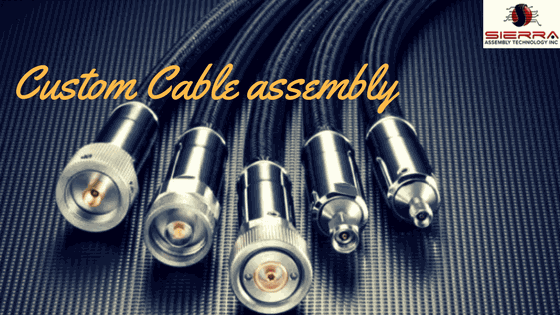Newsletter Sign Up
Subscribe to get the latest news and updates. No span, we promise.


Cable assemblies are the key components in any electrical circuit. However, it is one of the most overlooked components as well. If you plan to design cable assemblies for your upcoming project, there are certain considerations to be made. This post discusses 9 such upfront factors that need your attention while building custom cable assemblies.

Here are some essential elements that you need to consider while building cable assemblies from scratch:
The above mentioned are few factors that you need to consider while designing a cable assembly for your application. However, each specification should be addressed prior to designing. Avoiding or disregarding these factors may affect the overall performance of your cable assembly. If you are confused about the appropriate specifications, you can always approach a reputed cable assembly manufacturer, such as Sierra Assembly. The company provides custom cable assemblies to its clients in diverse industrial verticals.